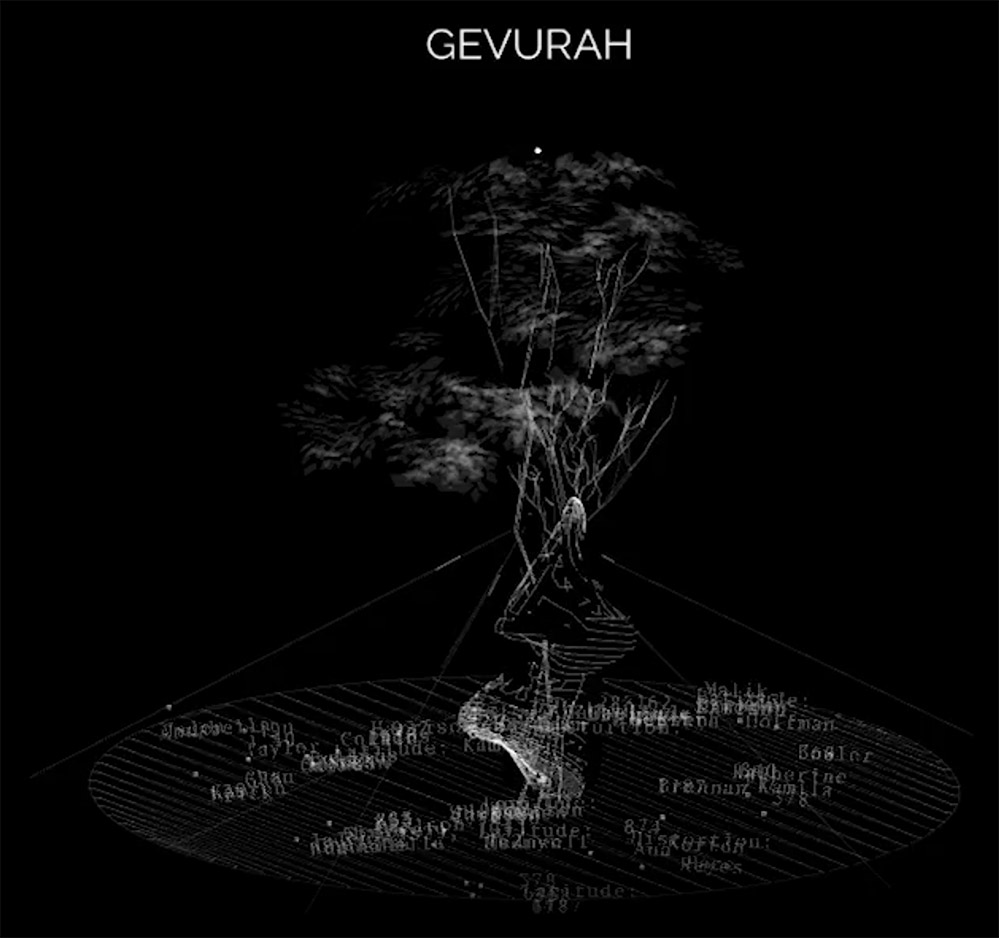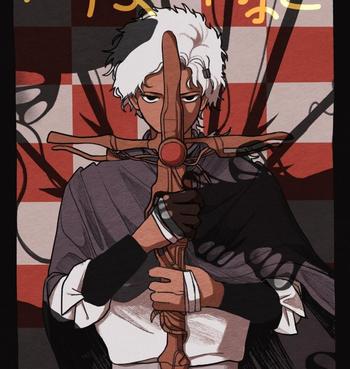WEBXR (VR) HUMAN SWARM INTERACTION SIMULATOR & CYBERNETICS POEM
MULTI AGENT SYSTEMS ART
In the field of computer science, there is a subfield called “multi-agent systems”; these are computer programs that simulate “superorganisms” composed of hundreds (or thousands) of “artificial creatures” (like in the video below). We often find superorganisms in nature; in an ant colony or bee colony, the intelligence of the entire system is far greater than any individual ant or bee, and the entire system can solve problems that its members can’t alone.
SWARM URBANISM
(a.) Observe this video by Kenichi Kabeya above (particularly minute six on). In this example, a series of agents spread themselves throughout the city, forming a complex hive-like exo-architecture around the current buildings’ structures. These agents are able to smoothly adapt to local architectural (and geographic) conditions, producing an infinitely varied urban plan (each time this simulation is run), but with an overall stylistic similarity. This idea of “swarm urbanism” will be explored in great depth in Gevurah.
HUMAN SWARM INTERACTION
(b.) Swarms however don’t just operate entirely on their own logic; they can be put into dialogue with human behavior. Think of a person standing in front of a building with FPOV goggles and a drone in front of them. Think of that drone flying through the city (or building); that’s what’s happening in the example above.
Ultimately, for working with a flock of drones, there must be a partnership between the human being (“pilot”) and the superorganism (the “drone fleet”). This partnership, and its control mechanisms, will be explored at great length in Gevurah.
SWARM URBANISM IN VR
In the above video clip from Gevurah, architect robots (the long red columns) infinitely construct and destruct the landscape. One column builds lakes. One column builds mountain ranges. One column builds “apartment blocks.” Three of the columns “erase” the work of the other robots. There is no predetermined plan to this city. The robots infinitely build it, and tear it apart; it evolves forever.
HUMAN SWARM INTERACTION IN VR
When a player logs into Gevurah, they are assigned a fleet of robots. These robots operate by their own swarming algorithm; however, the player can set “way-points” for the flock, influencing their movement. The player above is “throwing” the “anchor point” to a location; then, telling his robot to go to that location.
In the above video, the players “calls” their flock to them, “releases” the flock, then jumps into the POV (point of view) of different flock members, while controlling how close or how far away flock members are to each other.
GEVURAH’S THREE POEMS
Gevurah contains three poems.
(1.) In the first Gevurah video, above, before the player loads into VR, one can see a text being written in the bottom right hand corner. This text is about about “swarms” in daily life in Oakland California during 2020, e.g. swarms of crows, Covid-19, political gatherings, etc. It was written over the course of a year during the pandemic, as a kind of cybernetics diary.
(2.) In the second video, you can see text flashing on the architecture robots. Periodically, the architecture robots will pause, allowing the player to see the texts. These texts are about robot consciousness and were written out of experiences with interviewing some of the world’s most prominent multi-agent systems scientists.
(3.) The final text is buried throughout the landscape (the black box, in the video above). To see it, the player must hunt for the text with their robot swarm; when the swarm turns blue, it means they have sensed the text and they can direct the player to its location. These hidden texts are about the transformation of human consciousness through its engagement with algorithms, and the resulting construction of “a city of information.”
Together, these three texts form the “lore” (or literary backbone) of the Gevurah experience.

One of the stanzas of the poem’s first section

One of the stanzas of the poem’s third section

One of the stanzas of the poems’s second section
CYBER ALLEGORY
Ultimately, Gevurah is: (1.) an experience of hunting for lore (texts), (2.) using a complex cybernetic body (player + swarm), (3.) in an infinite machine-built city.
The lore itself addresses: (1.) swarms in “real life,” (2.) robot “consciousness,” and (3.) “a city of information.”
Together, this hybrid work of gamelike literature (or this literary game) speaks directly to our contemporary co-evolving relationship with algorithms and robots.
TECHNICAL NOTES
Development log: 66% complete
Gevurah is currently about two thirds complete. Within the next couple of months, the studio would like to finish the basic game-play mechanics and implement a collision system and more complex graphics. Afterwards, it’s mostly polishing.
thematic note: themes
The collective text inside of Gevurah is forty pages; in this short description, it’s difficult to summarize its themes. Important subthemes include: xenogenderism, swarm-politics, animal-machine-human interaction, algopolitics, transhumanism and jewish mysticism. Some of the texts were written in collaboration with GPT2 (a text-generation algorithm).
framework note: webxr
Gevurah is a VR experience built on webxr. Webxr is a new javascript standard for immersive media on the web, accessible via a browser on any device (phone, desktop, headset); all code developed in this project will be released open source.
gameplay note: multiplayer
Gevurah is multiplayer; currently, it mimics (loosely) the multiplayer dynamic from Dark Souls, wherein which players can see the “ghostly outline” of where other players are in the space. Ultimately, this mostly just delivers the “felt presence” of other players on the same journey, hunting down the lore of the world.
music note: original soundtrack
Gevurah’s soundtrack has been composed by Delta_Ark; it is currently a work in progress. The original playlist below represents some “musical sketches” in the direction of the soundtrack for the work.
graphics note: graphics complexity
Gevurah’s graphics are still actively in development. During this stage, where behaviors and mechanics are being focused upon, graphics are deliberately kept simple. In the final game, the graphics may be substantially different. Included below is a “materials study” of the kinds of complex effects that could possibly make their way into the game.




